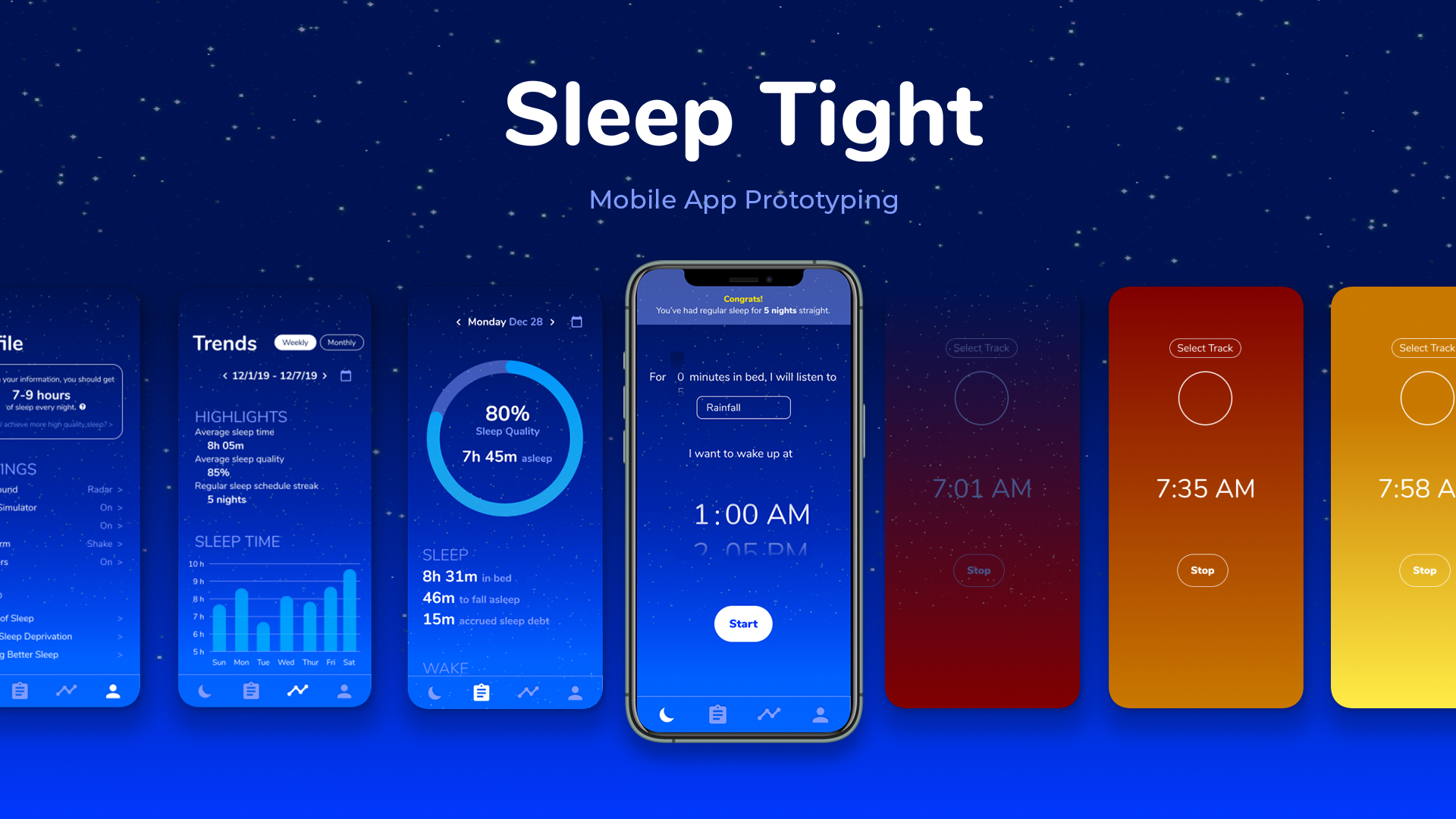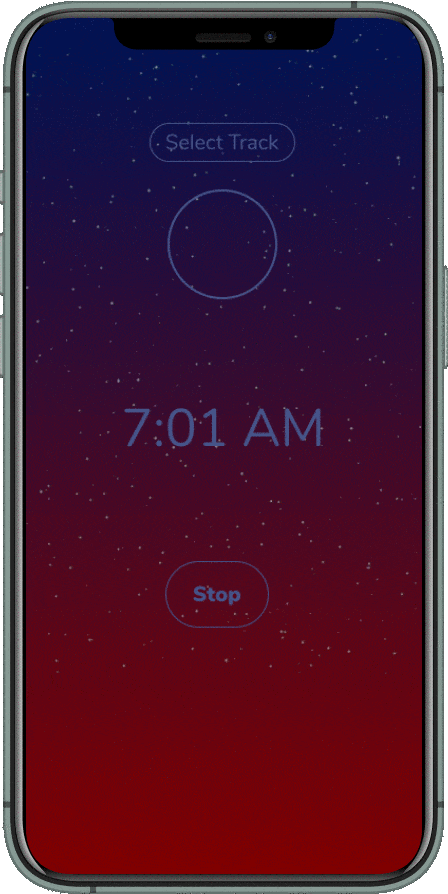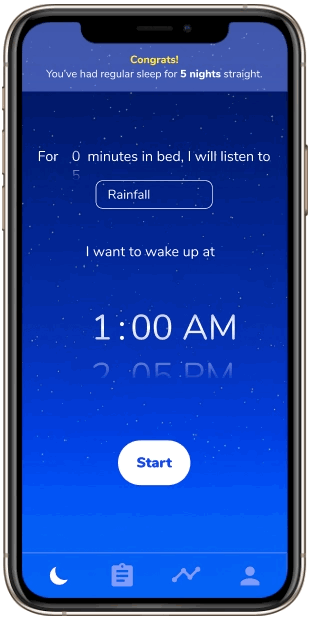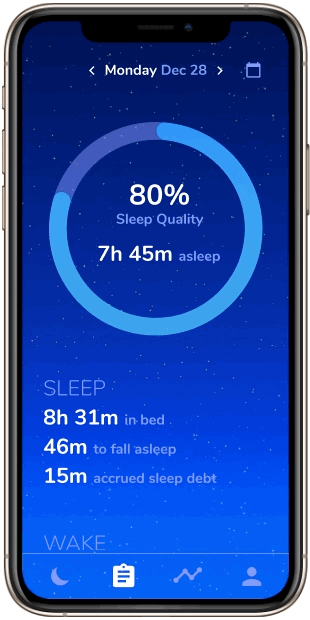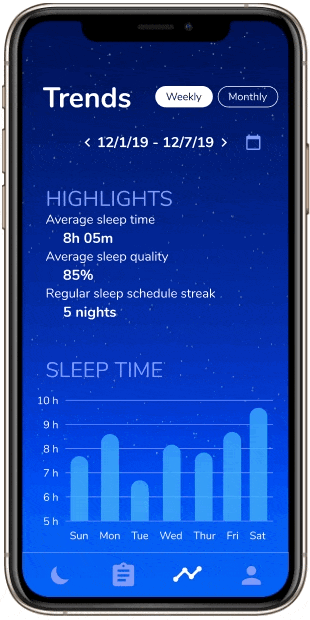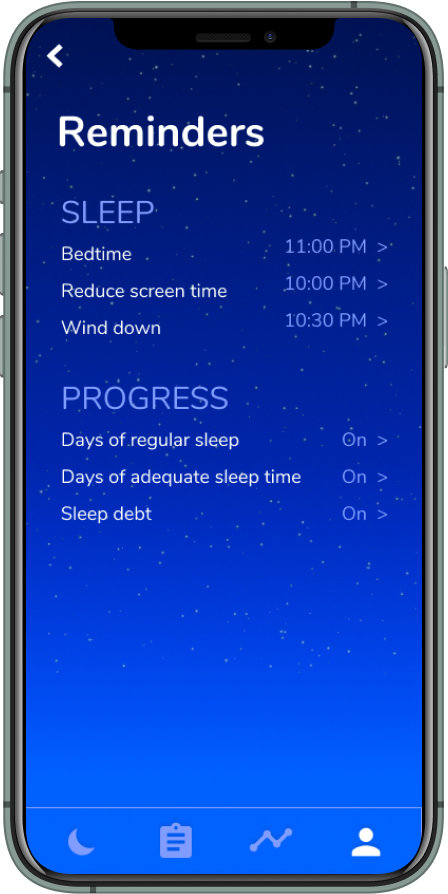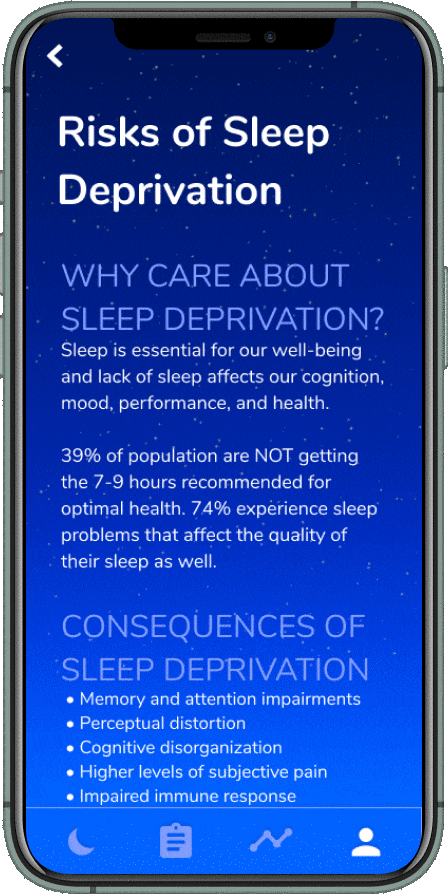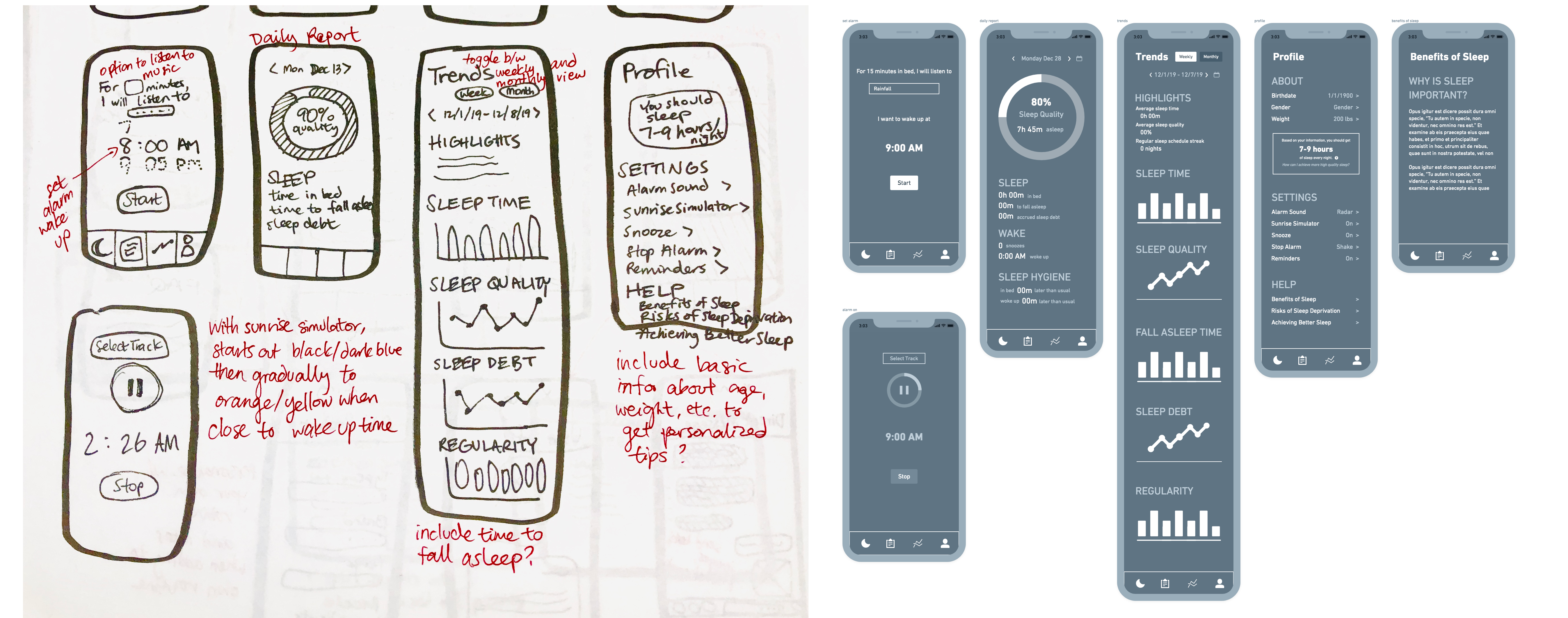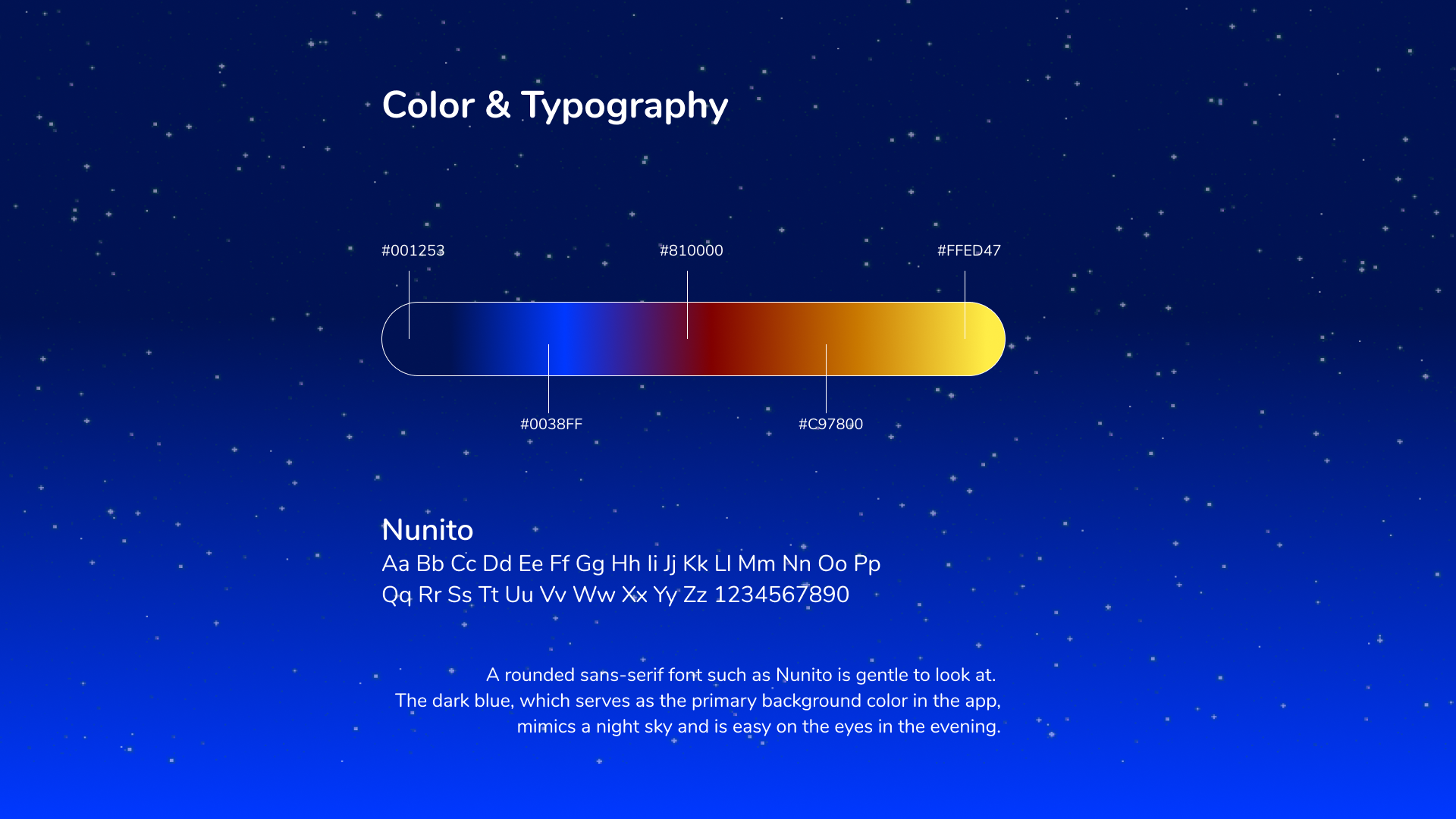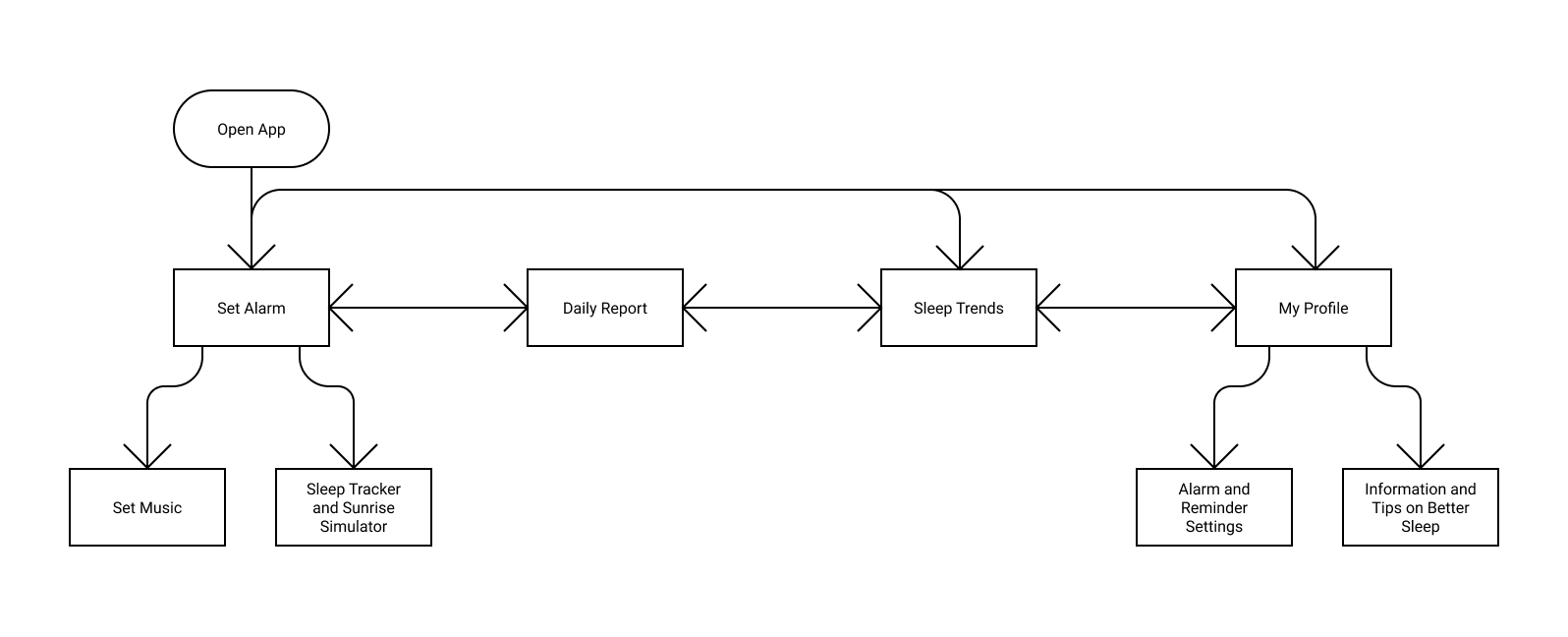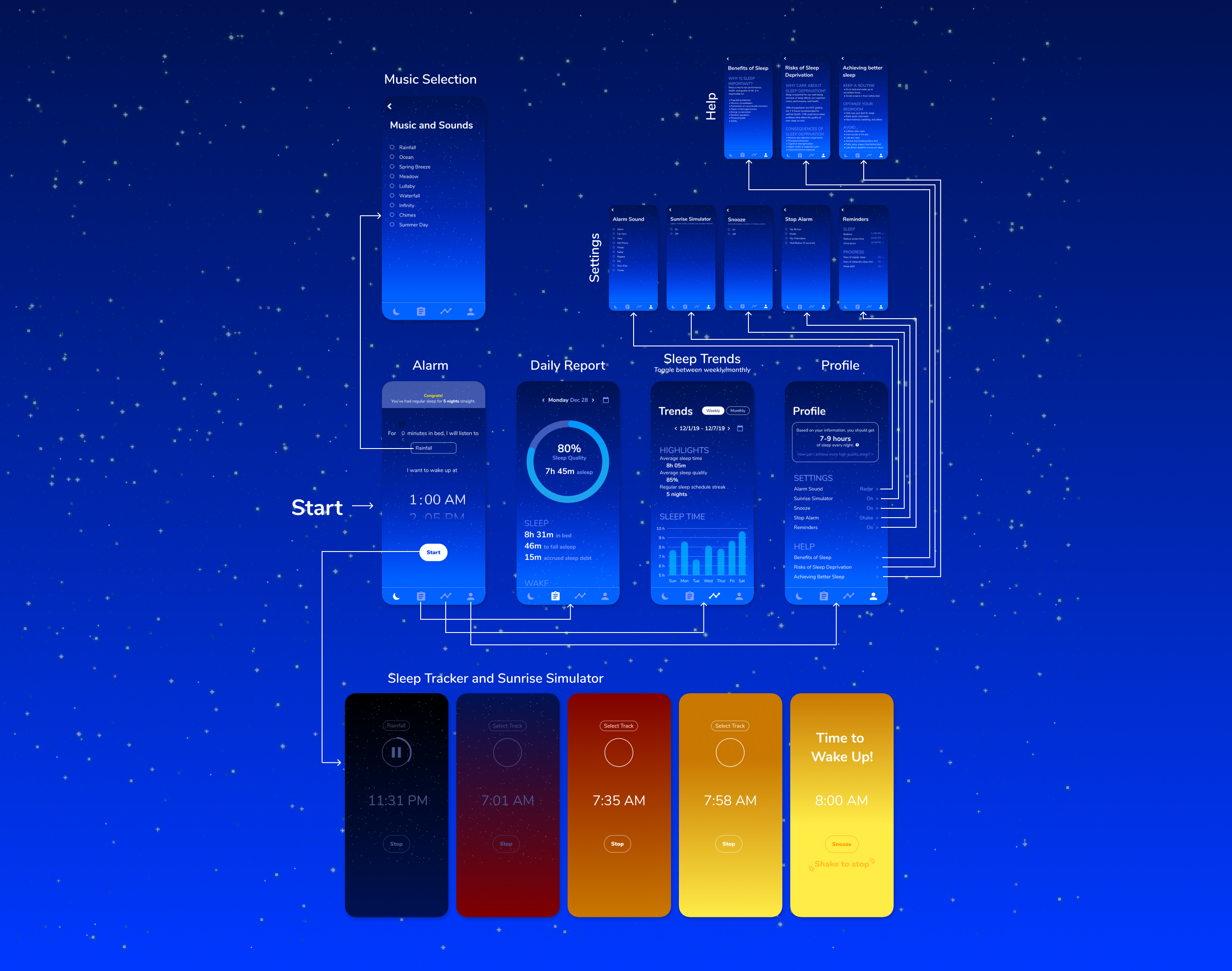Observations
+ Research
Sleep is often not prioritized, especially in a college environment, but taking this course has proven to me that this is definitely not the right attitude that people should hold. Through user interviews and secondary research, I saw the need for an easy way for people to consistently achieve better sleep.
All interviewees were unsatisfied with their sleep.
I interviewed 5 people–4 were my classmates, and 1 was my older sister who had been facing severe sleep problems in her working life. I wanted to target people who were students, as this group tends to have busy schedules and poorer sleeping habits, or people who generally had issues with their sleep. I noticed a few common findings among them:
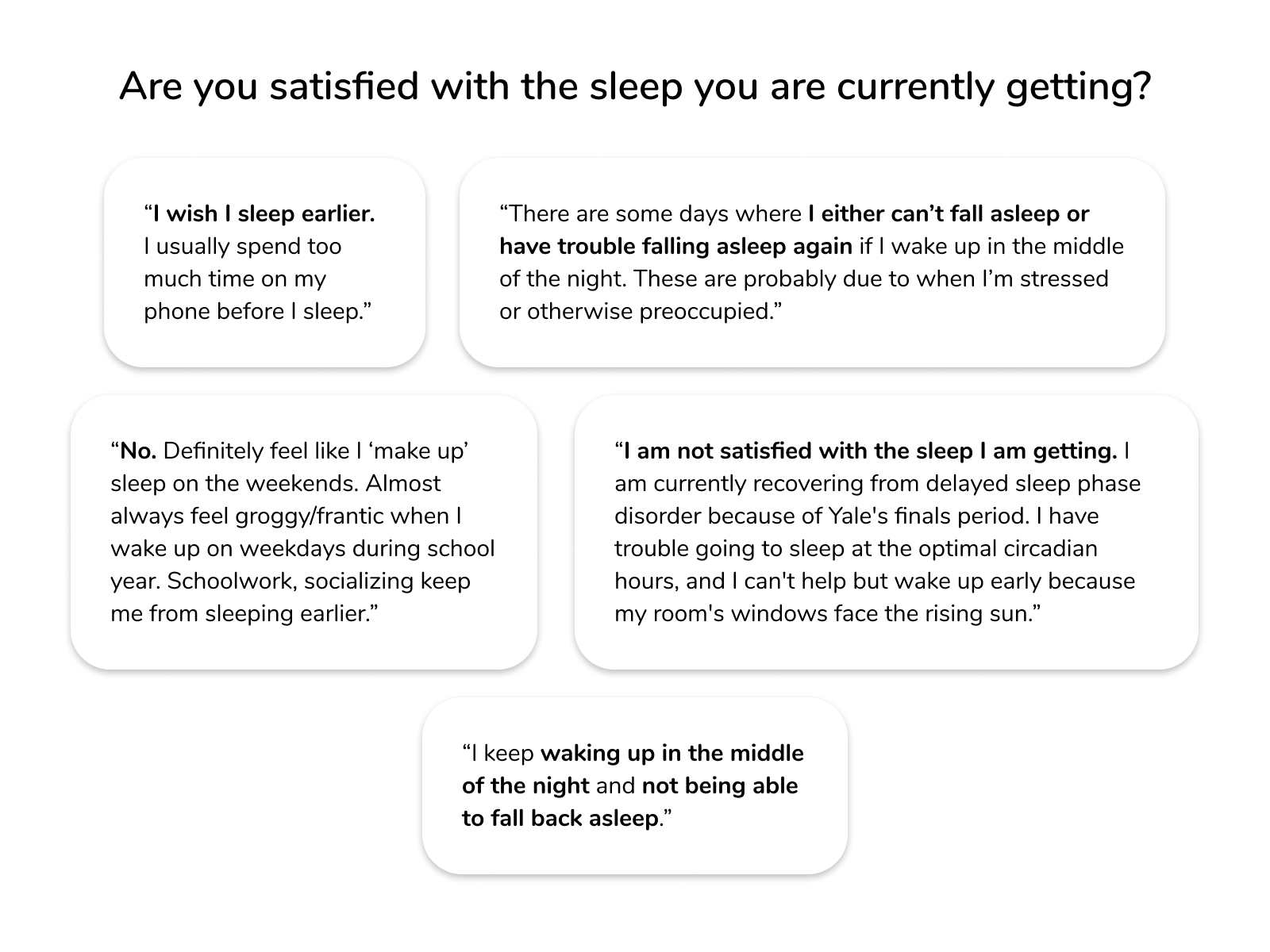
All interviewees knew of good sleep habits but did not always actualize them.
All users had knowledge of good sleep habits as well as the detriments of sleep deprivation, yet they did not always actualize them and were still unsatisfied with their current sleep. This begs the question of how to create a product that can push people to actually put these habits into practice.
Interviewees want more motivation and tools to achieve better sleep.
Their thoughts on their ideal sleep app revealed the need for a simple, unobtrusive way to be more motivated
to achieve better sleep as well as the need for tools to help people fall asleep more easily.
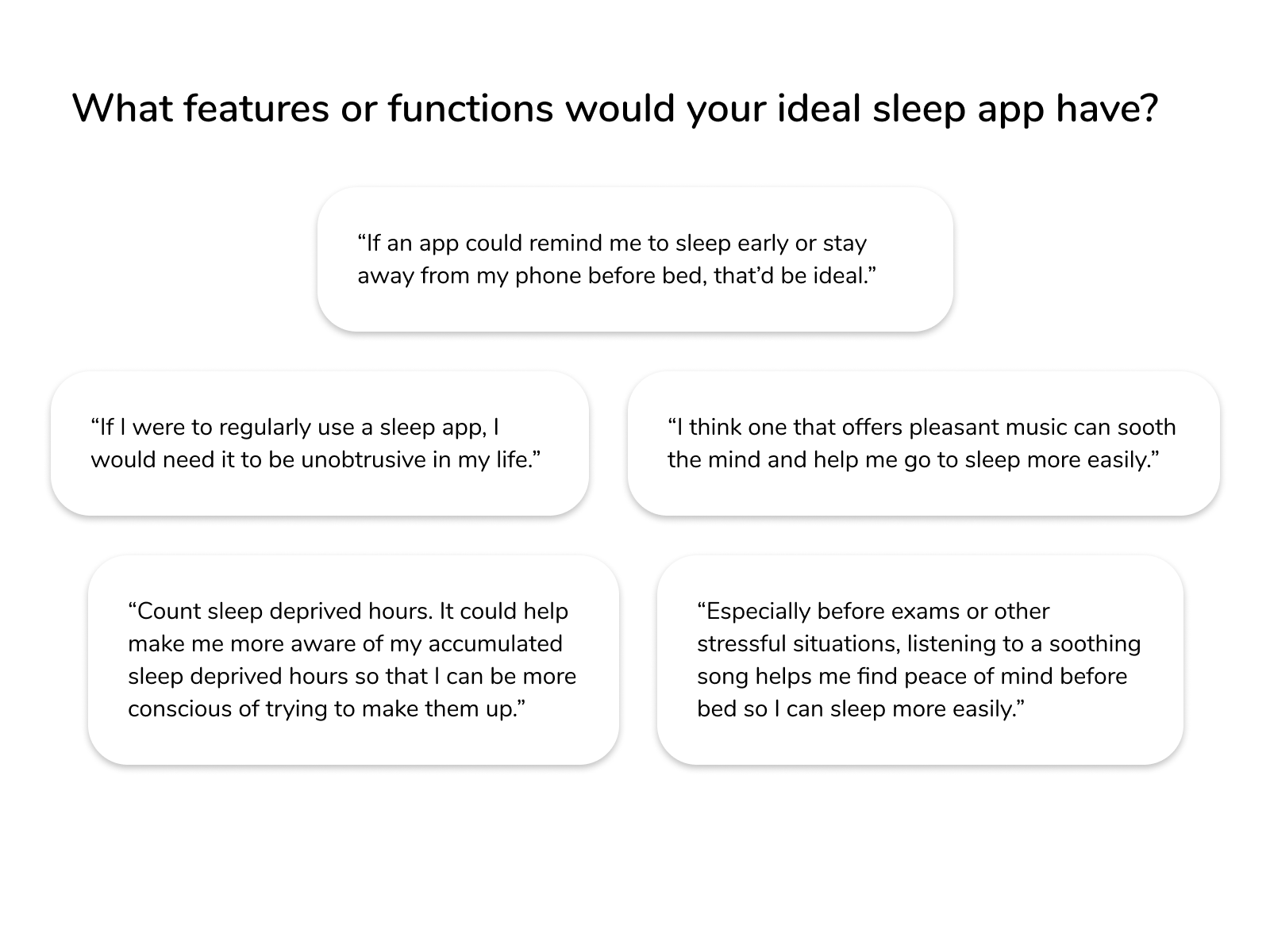
Secondary research reveals that few apps have features that support long-term changes.
A 2017 study led by Diana S. Grigsby-Toussaint,
a kinesiology and community health professor from the University of Illinois, on the 35 most popular sleep apps confirms
the sentiment that there is still room for improvement for sleep apps. Although the study found that the majority of apps
were well-designed and allowed its users to set goals and track their sleep, very few apps had features that supported
long-term behavioral changes. Out of all 35 apps, only:
4 apps provided information about the benefits of sleep
4 apps provided information about sleep deprivation risks
6 apps offered reminder messages for sleep
1 app gave positive reinforcement for reaching a sleep goal
Integrating these features into a sleep app will help people develop better, more sustainable sleep hygiene that will improve
their overall quality of life.

